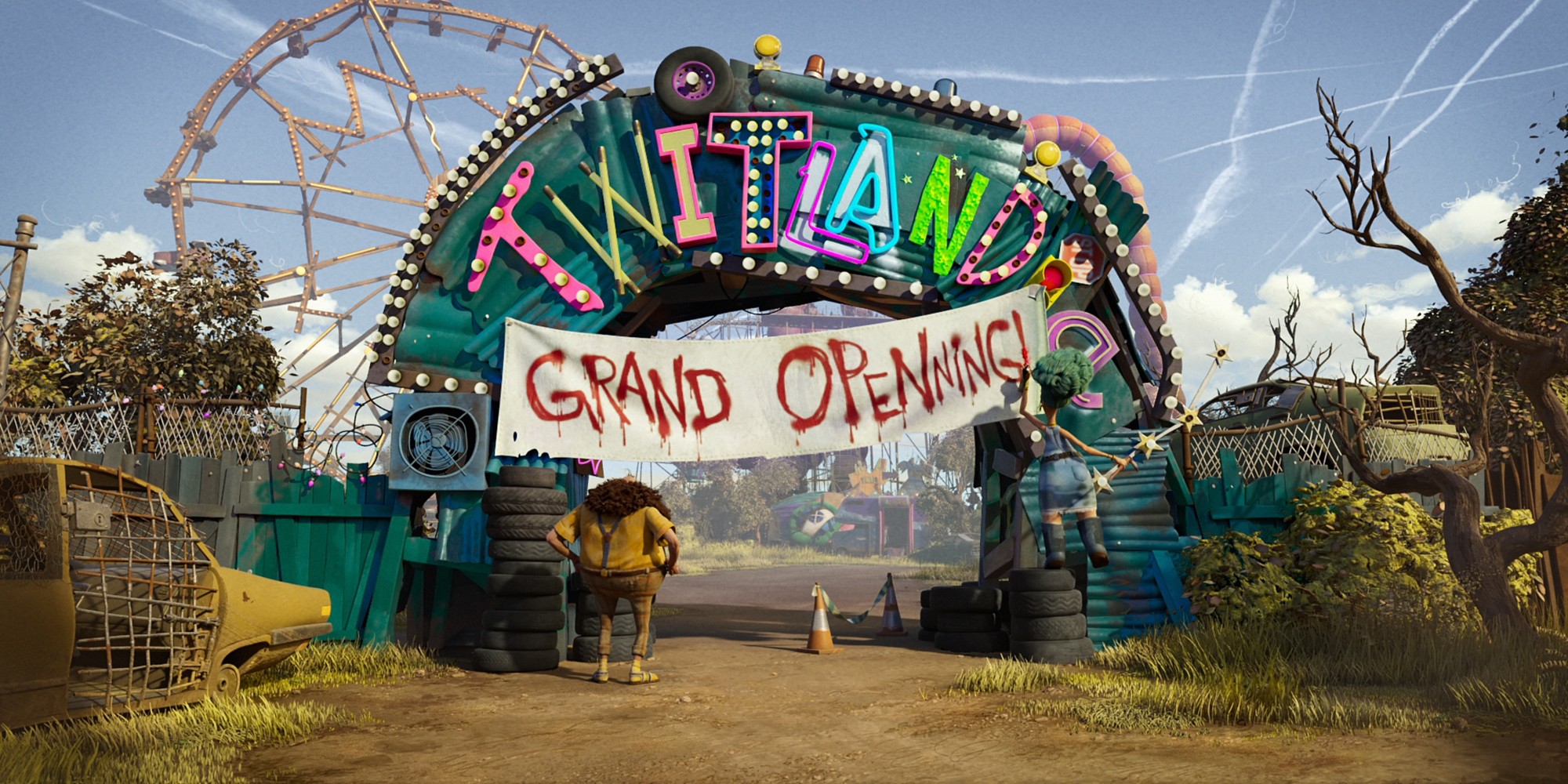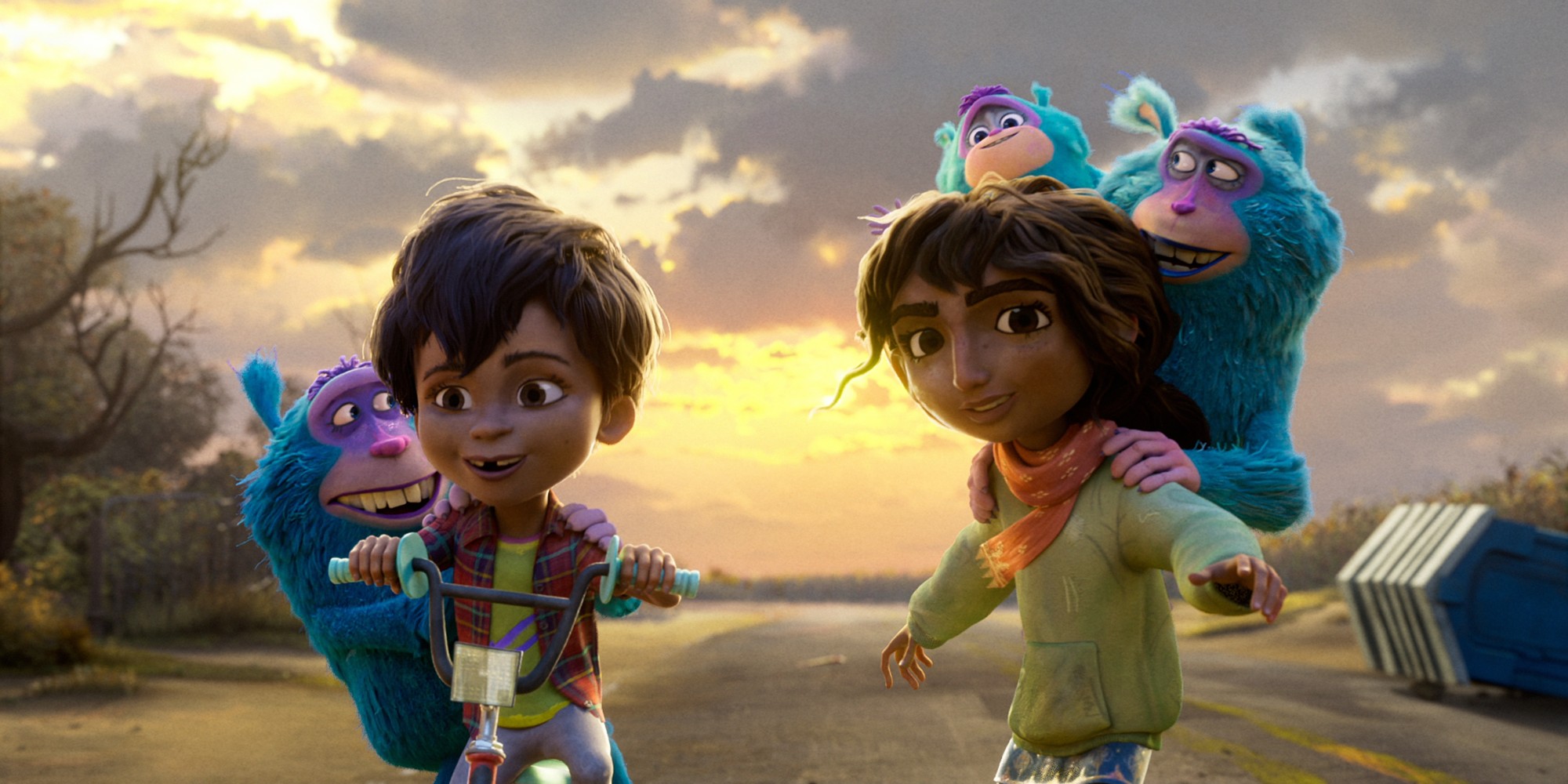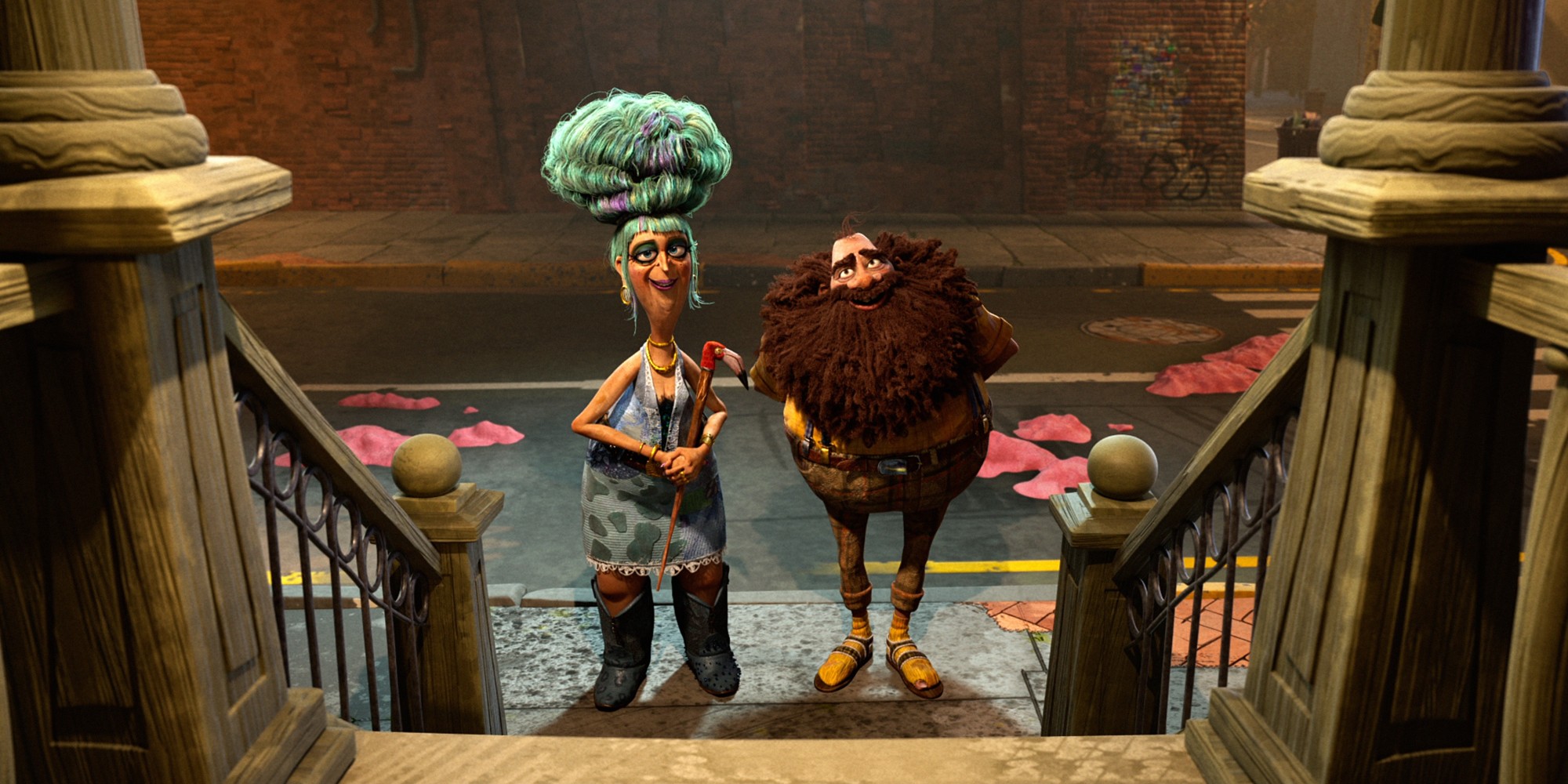Co-directed by Phil Johnston, Todd Demong, and Katie Shanahan, Netflix’s ‘The Twits‘ follows the tale of the eponymous couple, infamous for being unapologetically hateful towards everything they set their eyes on. However, one exception to this comes in the form of their passion project, which has been years in the making. Twitlandia serves as more than just an amusement park; it is also the highest form of creative expression from Mr. and Mrs. Twit. The complications that arise from that point on, however, result in a complete overhaul of the narrative’s scope as well as tone. With the stories of two orphan kids, Beesha and Bubsy, making direct contact with the Twits’ antics, the future of Triperot town itself comes into question. To that end, this animated musical comedy breathes life into its setting, letting the town’s many elements organically lock heads or join hands.
Twitlandia is a Fictional Amusement Park of Dangerous Proportions
Twitlandia is the name given to a fictional amusement park within the narrative of ‘The Twit,’ penned by writers Phil Johnston and Meg Favreau. Given that the movie is inspired by the Roald Dahl children’s story of the same name, comparisons between Twitlandia and its print counterpart are inevitable, despite the marked differences between the two. In the short story, instead of an amusement park, there is an animal circus called the Great Upside Down Monkey Circus, which does not feature any of the signature eccentric rides presented on screen. As such, it is likely that the team decided to add their own creative touch to the story by constructing an amusement complex that extends the core characteristics of the Twit family. To that end, the ebbs and flows in Twitlandia’s journey mimic the characters’ state of being as well, adding more depth to the overarching narrative with the help of expressly fictional concepts.

Although Twitlandia is not inspired by any one amusement park in particular, many of its elements, from name to reputation, bear a vague resemblance to real-life amusement parks, rides, and entertainment complexes. In particular, it appears to follow the naming conventions of the globally popular family and kids’ entertainment center, KidZania, as well as amusement parks such as Fantasilandia in Santiago, Chile, or Mirabilandia and Gulliverlandia in Italy’s Savio and Lignano Sabbiadoro regions, respectively. However, given the differing locations of all these sites, it is likely that Twitlandia’s naming style is an aesthetic choice that is partially informed by such conventions. Furthermore, its nature as a troubled and unhygienic park also appears to be connected to the characterization of the Twits, instead of any real-life amusement parks with a history of health hazards.
The Town of Triperot is an Invented Site of Many Shenanigans
Similar to Twitlandia, the town of Triperot is fictional in nature and was penned by the writers in the service of the narrative. The town’s name and cultural identity are a constituent of many worldbuilding elements, with a conscious effort being made to make the setting more believable. Given that the original story by Dahl does not name any specific town as its setting, Triperot’s relevance to the narrative can largely be attributed to the creative team. Most notably, Triperot is nicknamed the “Fun Fun City” in light of its once vibrant tourism scene. It is possible that the nickname comes from New York City, which was once described as the “Fun City “in 1966 by the then-mayor John Lindsay. In the movie, it is the mayor, Wayne John John-John, who iterates the fictional town’s moniker, which makes the overlap all the more evident. However, there is a possibility of this being a coincidence, since the other details about Triperot do not align with New York City.

Amongst the stand-out geographical features of Triperot town is the fact that it once had a thriving lake at the heart of the city, named the Tripe Lake. The narrative describes the drying out of this lake as the primary cause for the town’s fall from grace, which brings up the potential for real-life reference points. While there are no real towns that directly match the description, it is possible that Triperot is a composite of locations that have faced a similar transition. Notably, the fictional setting also becomes the center for many absurd phenomena in the story, with the most striking one being the town being flooded with liquid meat. On March 3, 1876, a vaguely similar event happened near Bath County, in Kentucky, where chunks of red meat inexplicably fell from the sky for a brief period of time. Though it is possible that this unique historical event inspired the movie’s eccentricities, the widely different contexts serve to reemphasize Triperot’s fictional identity.
Read More: The Twits Ending Explained: What Happens to the Twits?


You must be logged in to post a comment.